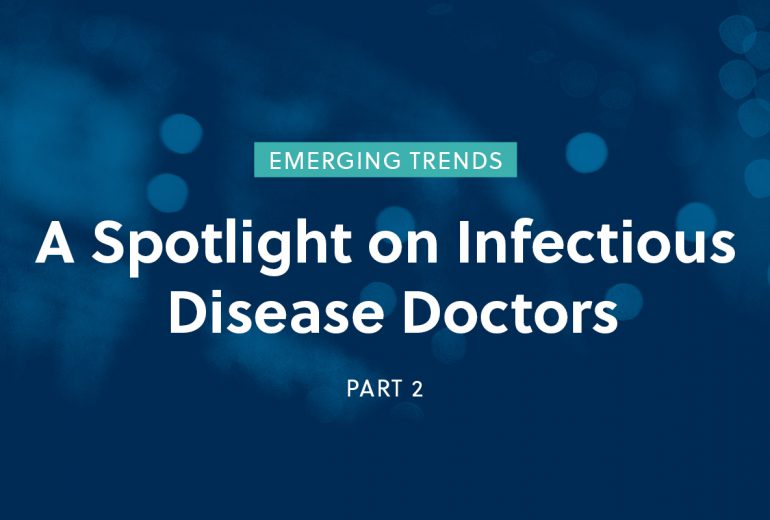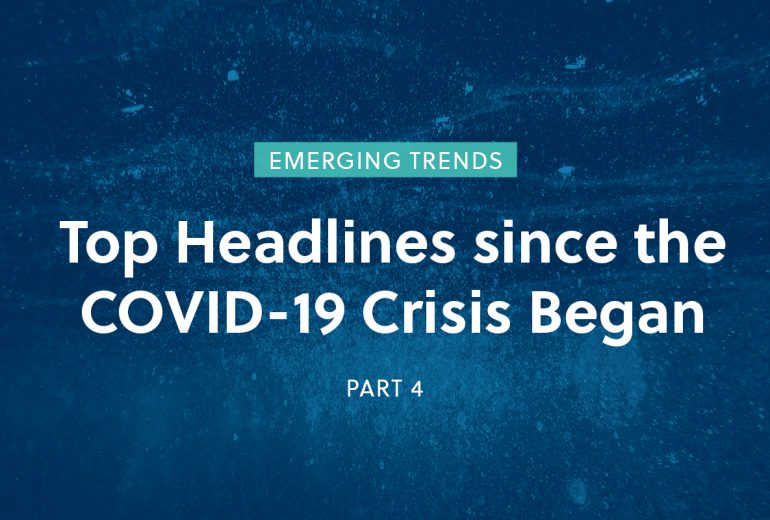A surge in HCP readership during the ongoing COVID-19 crisis has been a key theme of our Emerging Trends series thus far. In case you missed it, check out our last post.
This week, we decided to look at engagement from a different perspective. We know the location of the readers in our network, so we focused on how open rates changed in different parts of the country between January and April of this year versus the same time frame last year. As you can see from the map below, there’s a noticeable variation across states and regions.

Almost all states have seen an increase in readership, the exception being Nebraska, whose open rate decreased by a fraction of a percentage point.
The east coast and portions of the Midwest and Great Lakes regions have seen the largest readership increases this year. Conversely, some states in the Midwest and Southwest have seen comparatively small increases in readership.
The COVID-19 infection rate is highest in the Northeast and northern mid-Atlantic regions. However, some hardest hit counties are in states with relatively low infection rates, which may contribute to increased readership trends at the state level. For example, the greatest readership increase belongs to Louisiana, which is home to the community with the highest death rate in the country. South Dakota and Iowa also stand out as having some of the highest readership increases, but relatively low infection rates. Both states are experiencing large outbreaks at several meat processing facilities and elsewhere in their respective eastern counties.
On the other hand, New York State and, specifically, New York City, remain the epicenter of the crisis in the U.S., and the readership increase of that state is not as high as in several less-affected states. Despite the regional trends, there is no meaningful correlation between a state’s readership increase and its rate of COVID-19 infection (chart below).

So, what’s the main takeaway? Our readership patterns correspond to the degree that a physician’s region has been impacted by the COVID-19 pandemic, even if this trend is not apparent at the state level. This behavior makes sense when we take a step back and consider that pandemics don’t discriminate, nor do they respect borders. A crisis can quickly cross county and state lines, and our data supports the idea that healthcare providers understand the risks of their respective geographic regions.
If you have questions about existing or future advertising programs, or suggestions for this series, please contact your BulletinHealthcare representative or email advertise@bulletinhealthcare.com.




